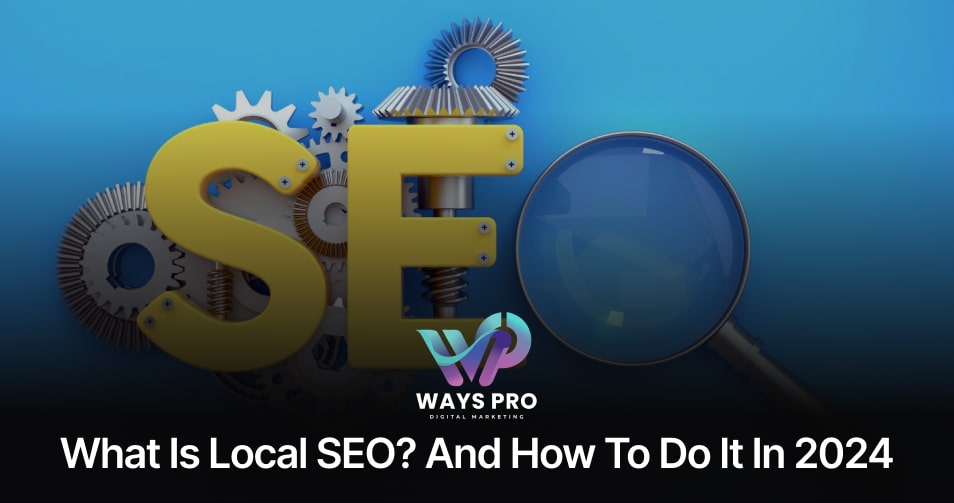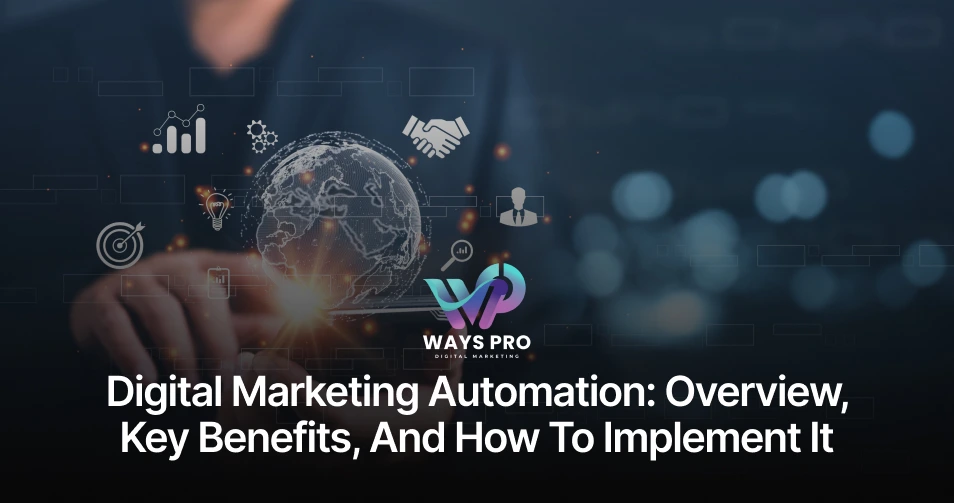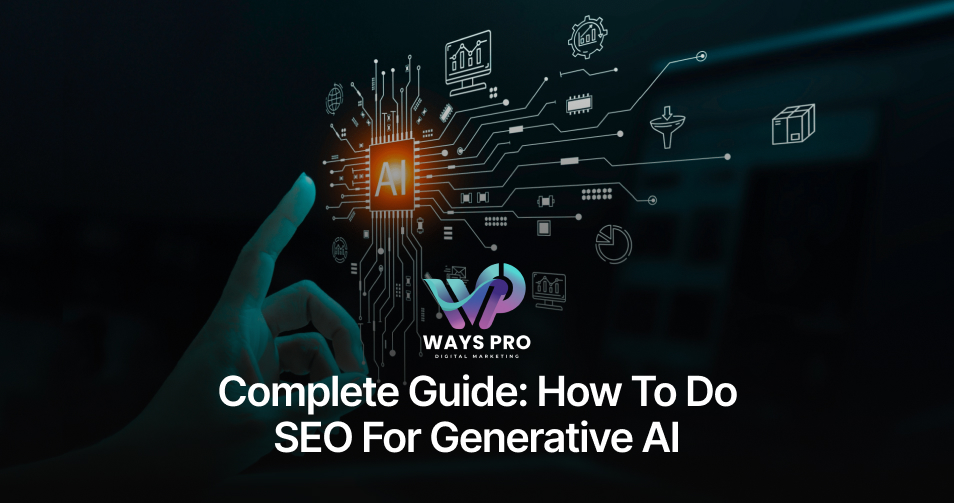Before 2024, Local SEO depended heavily on standard variables, keywords, backlinks, and simple work with GMB profiles. SEO Campaigns were employed through these approaches to achieve high ranking in local search results. However, Local SEO in 2024 is completely different. It focuses on hyper-local content, personalization, and voice search signals.
Features like Google’s constant updates to its AI-driven algorithms also show that to stay competitive, you must deliver increasingly precise local content and user-friendly services.
But that’s not all – you should stay aware of many amazing must-known facts about Local SEO. Otherwise, the growing online competition in 2024 and afterward will take your online presence down smoothly.
But Why focus more on Local Search Engine Optimization techniques? – Well, Here’s The Answer
Why Is Local SEO Important?
Local SEO is important because it enables firms to reach out to consumers who are in their locality searching for their services. Insights from Think With Google made Local SEO even more vital when “near me” searches have surged 900% over the last few years.
Other kinds of SEO, such as On-Page SEO, Off-Page SEO, and Technical SEO, are also in the league. But Local SEO is a must-have strategy for businesses as it focuses on local audiences, making it crucial for business people with physical stores or those who operate in a specific locality.
Businesses should adopt Local SEO in 2024 to stay visible in an increasingly competitive local search landscape. Let’s head toward knowing how they can start doing Local SEO for their businesses.
How To Start Local SEO?

Set Up Google Business Profile:
Get and optimize your Google Business Profile as complete as possible, including NAP and category.
Conduct Local Keyword Research:
Find keywords your audience usually uses while searching, and apply them in your articles, tags, and URLs.
Optimize On-Page SEO:
Optimize your title tags, meta descriptions, and content with local keywords.
Get Local Citations:
Ensure your business lists your business in local directories with the same NAP information.
Gather Customer Reviews:
Prompt customers to leave positive, verifiable feedback on websites such as Google and Yelp to increase credibility.
In the meantime, check your website’s health by performing a local SEO audit.
But wait, what local SEO audit actually is?
Perform A Local SEO Audit
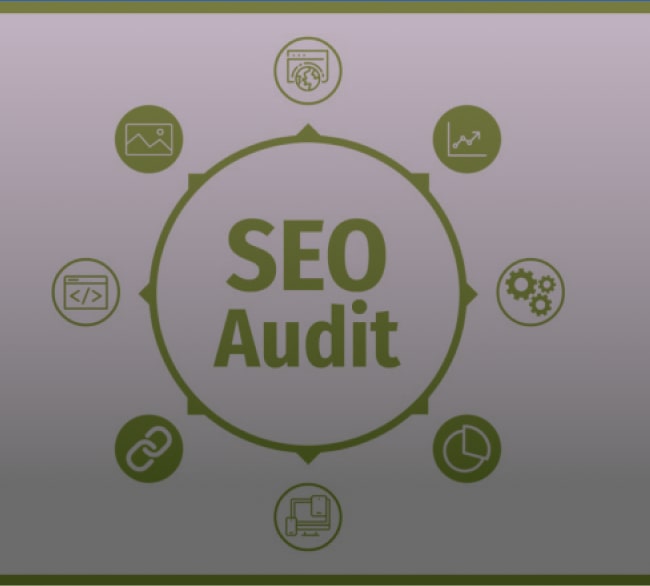
Local SEO Audit is vital to diagnosing necessary changes and fixing your website for local rankings. Below is a procedure that will assist you in doing the audit effectively:
1. First Things First, Check Google Business Profile
Ensure your Google Business Profile is fully optimized, accurate, and active. Consistent information like NAP (Name, Address, Phone) is crucial.
2. Local Keyword Research
The next step is to find out the keywords specific to your location that people are typing in the search engines when looking for your products or services. Google Keyword Planner and SEMrush are particularly useful at this point.
3. On-Page SEO Audit
Ensure that your website URL contains your targeted local keywords, the page title and meta descriptions incorporate local keywords, and the headers and content contain local keywords. Every page must be optimized according to a specific geographic location.
4. Citations and NAP Consistency
Verify business listing NAP details across business listing sites, including Yelp YellowPages or any other relevant directory. The problem with getting inconsistent data is that this can lower your site’s ranking.
5. Backlink Profile
Check the quality of your backlinks. Backlinks to your site from other local sites will enhance your site’s local relevance in local searches.
6. Competitor Analysis
Learn from your local competitors’ rankings and plans for Local SEO to discover areas where you, too, can benefit.
How To Implement Local SEO?
If you’re a small business owner and want to be more visible in Google Local Search Results when people search for businesses like yours, this is what you need to do:
- First, Claim your free Google Business profile and fill in as much detail as possible so people can find you on Google Maps.
- Second, Find out what keywords people search for for businesses like yours. To do this, you can use the Free Google Keyword Planner Tool.
- Third, if you do not have a website yet, build one and create engaging content pages based on the keywords you’ve discovered on Keyword Planner. This step is super-important to ensure the pages are filled with useful and relevant information unique to your business.
- Fourth, list your business in top local directories, such as Yelp, the Yellow Pages, the Better Business Bureau, and directories specific to your niche industry.
- Fifth, Ask customers to leave you a review on your Google business profile. However, 10 reviews will work better.
Keep these steps in the loop for a few weeks once your phone rings with customers’ calls.
Optimize URL, Title Tags, Headers, Meta Description, And Content.
Imagine using tools like Keyword Planner or others, and you have the potential keywords that people are searching around the internet for businesses like yours. Now, it’s time to put those keywords organically in your URL, Title Tags, Headers, meta description, And Content—and here’s how you do it.
Optimize URL:
If you’re a bakery in New York, use a URL like www.yourbakery.com/bakery-new-york instead of a generic one like www.yourbakery.com/page1.
Optimize Title Tags:
Use a title like “Best Bakery in New York – Fresh Pastries & Cakes” instead of “Welcome to Our Bakery.”
Optimize Headers:
Use H1 tags like “Fresh Baked Goods in New York” to include location keywords.
Optimize Meta Description:
“Visit our New York bakery for fresh cakes, cookies, and pastries. Located in downtown NY, open daily!”.
Optimize Content:
To target local customers, mention “Our bakery in New York offers the best freshly baked pastries” in your webpage content.
Add Location Pages To Your Website.
What Are Location Pages?
Location pages are individual Web pages designed to highlight essential information such as addresses, services, and phone numbers, which can be incorporated with information about your business’s services or products.
Why You Should Add Location Pages to Your Website?
Websites with location pages experience better Local SEO, improved website ranking, and ensure clients obtain correct information regarding the business, increasing traffic.
How do you add location pages to your website?
- Identify all your business locations.
- Create individual pages for each location.
- Include unique content for each page.
- Optimize with location-specific keywords.
- Add maps, images, and contact details.
- Link back to the main site and other relevant pages.
Create Local Content Write Unique Content For Every Location
Local content is the process of developing content on your website that addresses the local characteristics, trends, and concerns of the regions within which your business operates. Not only does it improve your site’s usability, but it also improves local SEO ranking by utilizing keywords that potential customers prefer to search.
Local Organic Rankings
- Organic local rankings indicate a business’s location and visibility in location-based searches.
- This way, local SEO helps customers find you easily on the website since you have adjusted your website to provide what search engines want.
- High ranking locally leads to increased website traffic and an increased conversion rate.
Improve Your Internal Linking Structure
- People often say that interlinking your website pages is useless. However, effective internal linking helps greatly in SEO because it evenly distributes the value of pages across your site.
- Enhancing internal links assists search engines in mapping your website’s information architecture and connecting web page relevancy.
- If you interlink your web pages perfectly, you provide users with an ease of navigation through your web pages, which improves the user experience and extends the duration of users’ stays on your site.
Google Suggest
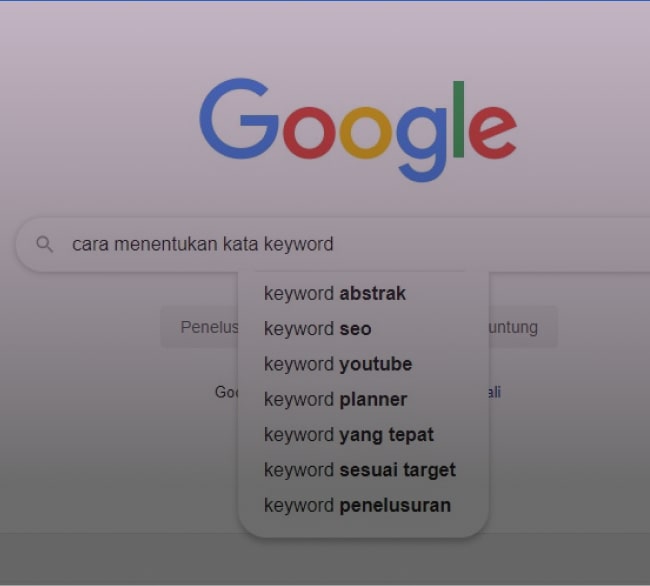
Auto-complete suggestions that appear as users type queries into the Search bar are what is known as Google Suggest.
This is suggested based on the trends and what users type in search engines.
To increase Google Suggest usage, you can customize your website’s content on a certain topic based on people’s search habits shown on Google Suggest.
Use Google AutoComplete
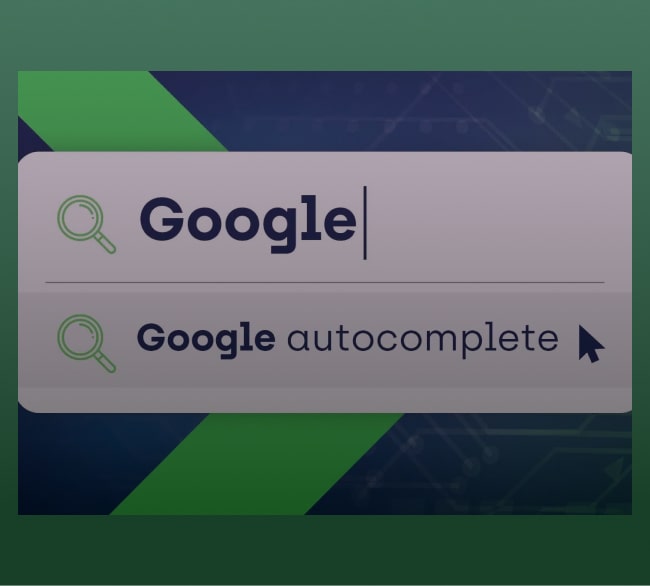
Google AutoComplete allows users to see the probable search phrases that pop up when they start typing in the search box.
When you look into these recommendations, you can find the most popular keywords and subjects your potential customers are typing into search engines.
It can be useful in shaping your content marketing approach and delivering useful content that interests your audience.
Local Voice Searches
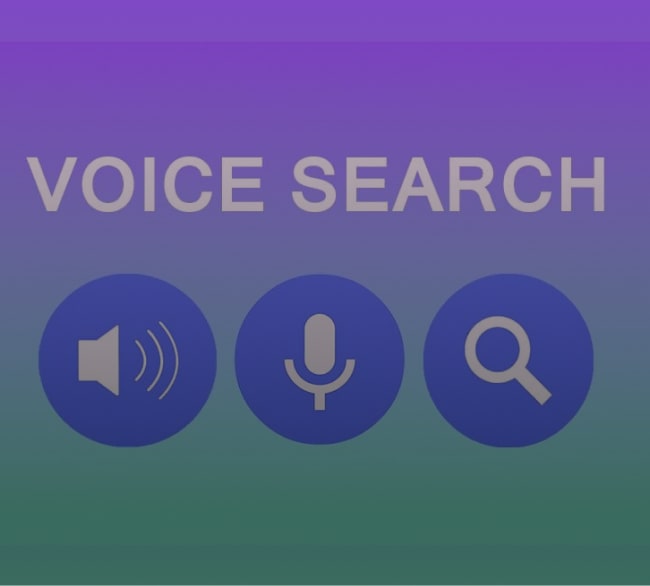
Local voice search means using voice-activated searches while speaking out loud. This can happen while on the move. Local SEO remains more important now that optimizing for voice assistance has become key to businesses.
Suppose you adapt your website and content to these keywords, focusing on natural language and local intent. In that case, you can target this type of search result to users looking for nearby goods or services.
Optimize Your Google Business Profile
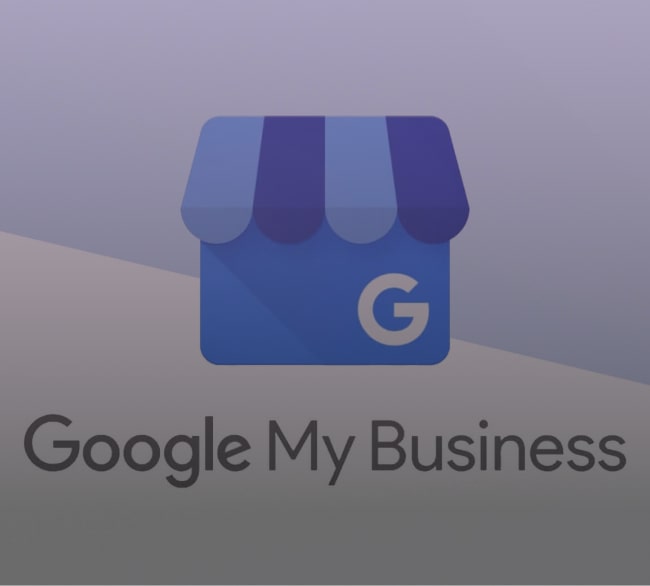
A well-optimized Google Business Profile boosts visibility, drives traffic, and attracts local customers. We’ve outlined the steps for optimizing your Google Business Profile.
- Get on Google Business Profile and confirm your listing.
- Fill in all essential information: business name and location, contact number.
- Underneath, put the business hours and include a link to your website.
- You should post clear and professional images of the products or services that you are offering.
- Develop an active customer review and reaction policy.
- Make a habit of always posting updates on your profile and making new customer offers.
Keep Your Business Profile Active

It is important to keep enriching your business profile to keep potential customers engaged. Fresh posts, updates, and review responses could foster an understanding of your candidature.
Goran Paun, a Forbes Councils Member, also highlighted that keeping an active and strong digital presence is crucial for businesses. It increases their brand awareness and lets them grow significantly.
How To Optimize Map
- Optimize your Google Business Profile (GBP) by claiming and verifying it.
- Ensure your business details are well aligned, particularly your name, address, and phone number abbreviated as NAP.
- Mention the correct service categories that you offer in the GBP.
- The next and very important step is to upload excellent-quality images of the business and products sold.
- Ask all the happy clients to provide a positive review to increase engagement.
- Now that you have optimized your map, it’s time to track whether it performs well and improves your rankings.
How To Track Map Pack Rankings
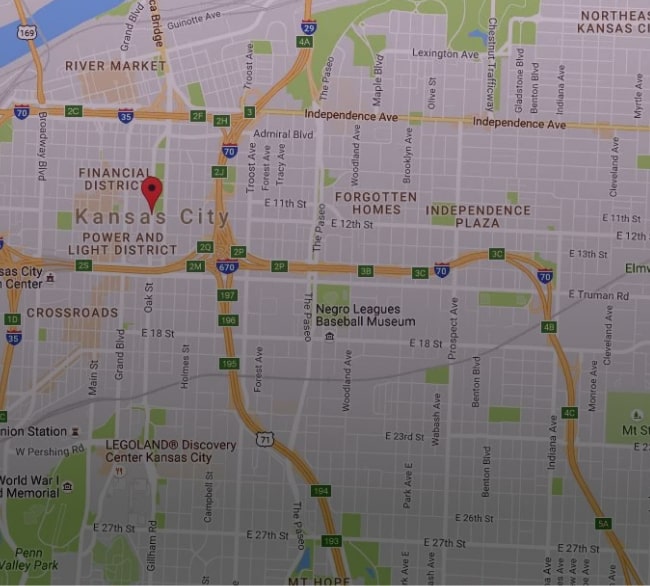
- Type your business-related keywords in Google to find out local results.
- Remember your ranking in the local pack results.
- To monitor our rankings over any given period, use tools like Moz or Local Falcon.
- Check competitors for positions using the same keywords.
- Revise your SEO process depending on the current analytics of its success and findings.
Track Your Rankings In Google Maps
- Go to Google Maps and search for your business name.
- Note your business’s position in the local pack results.
- Use tools like Moz Local or BrightLocal to monitor map rankings.
- Also, there should be customer feedback and star ratings, which affect its visibility.
- Monitor other competitor stores to measure the performance of your business.
Track Your Local Rankings In Google Search
When you come to local rankings, things get under a few boundaries: region, location, local area, and the industry-specific to your business. However, you can track the performance and ranking of your business on Google Search while performing local SEO.
Here’s how you Track Your Local Rankings In Google Search
- Use a keyword tracking tool like SEMrush or Ahrefs.
- Enter relevant local keywords and your business location.
- Track changes to your rankings consistently.
- Find out which keywords attract visitors to your site or page.
- Adjust your SEO strategies based on ranking data and insights.
Research Your Competitors
- Identify Your Local Competitors:
Gather contact information of similar businesses by entering their keywords in Google Maps or local search results.
- Analyze Their Keywords:
See which keywords your competitors are using.
- Examine Their Content:
See the kind of content they post on their blog, the latest news, and their involvement in the community. Assess which ones are more effective for presenting local topics and how often they are updated.
- Check Their Google Business Profile:
Assess competitors’ coverage in Google Business Profiles. Check out their description, category, photos, and customer reviews. This information may help you improve your personal page.
- Evaluate Their Backlink Strategy:
Visit your competitor’s sites to find out which other sites link to the site. Knowing what kind of backlinks they have will help you reach out to them for collaborations or guest posting within your geographical region.
- Monitor Their Social Media Presence:
See how they perform social media marketing and interact with their target market. Pay special attention to the platforms they utilize, the sort of posts they post, and their interaction with the other people on their profiles.
Run A NAP Audit
NAP stands for Name, Address, and Phone Number, which significantly impacts Local SEO. Running an NAP audit is akin to verifying your business’s information across different sites such as Google, Yelp, and social media. Inaccurate NAP information also poses a problem to search engines and buyers, leading to low ranking and less business. A NAP audit also helps to check accuracy across the web and increase local exposure.
Keeping it simple for you
- List your NAP details: You will need your business name, address, and phone number.
- Search online: Search Google for your business, directories, and social networks.
- Check for consistency: How do the different sections’ NAP details compare?
- Note discrepancies: Some information may need to be corrected or updated, so find them.
- Update information: Check and rectify all the wrong NAP information on online directories.
Fix And Correct Incorrect NAP
If you are performing the NAP audit and encounter some inconsistencies, correct the NAP errors as soon as possible.
Update all incorrect information about your business name, address, or phone number for Google My Business, other directories, and your website.
This assists search engines in identifying your business as credible and trustworthy, thus enhancing your ranking on local searches and guaranteeing that esteemed customers can reach out to you or find your business.
But the story goes beyond NAP facts, having Shema in the game of Local SEO.
How To Use Schema For Local SEO
Before getting into its use for Local SEO, what is Schema Markup?
Well, Schema markup is code that is inserted into the site to assist the search engine in understanding it better. It is very useful if you are a local business. It improves local search ranking by offering other types of data, such as the company’s name, address, and hours of operation.
Now, Here’s How You Can Use Schema for Local SEO
- Choose appropriate schema types (e.g., LocalBusiness).
- Use a schema generator to create structured data.
- Add details like your business name, address, phone (NAP), and opening hours.
- Insert the generated schema code into your website’s HTML.
- Test with Google’s Structured Data Testing Tool.
Embed A Google Map On Your About Page
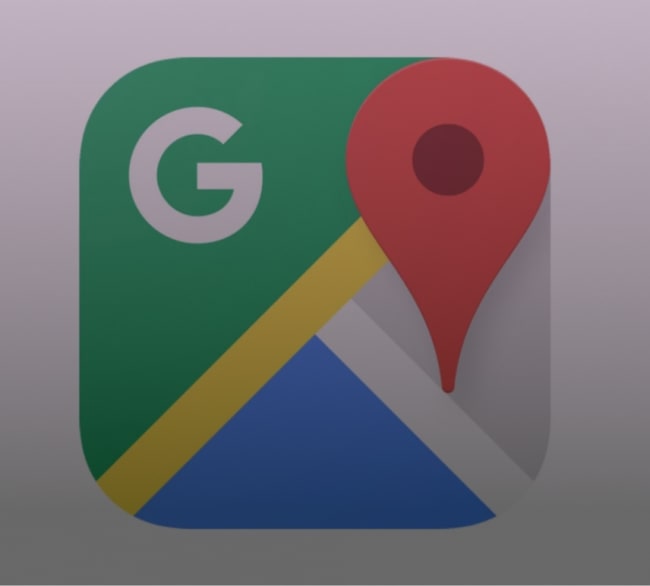
Why embed a Google Map on Your About Page?
Google Believes “Maps that bring us closer, even when we’re apart”
Your customers look for contact information to locate your physical address, and including a Google Map on your About Us page inspires confidence. It also boosts your local search engine optimization results by contributing geo-location data to the search engines.
How to embed a Google Map?
- Go to Google Maps and search for your business.
- Click the “Share” button and choose “Embed a map.”
- Copy the provided HTML code.
- Paste the code into your website’s About page.
What You’ll Get Now?
This way, your website visitors will get a better user experience. Having a map in front of them will increase their accessibility so they can reach you in-store. As a result, more people will visit your stores or restaurants and reach the top of local SERP results.
Let’s Conclude it All
So, the thing is, Local SEO is crucial for companies that have a vision of targeting the audience around them and converting them into profitable customers. From 2024: Voice Search Optimization Will Be Essential As Voice Assistance Gains Prominence More Frequently.
But things are evolving every day, so when you do Local SEO in 2025, stay ready to experience the bumps of new SEO trends. In the meantime, keep the fundamentals fulfilled. Keep it ensured that your website is user-friendly and has a fully optimized Google Business Profile for enhanced customer attraction and conversion.
Adopting new trends will make your business relevant in the competitive local market, as emerging trends are likely to emerge.

